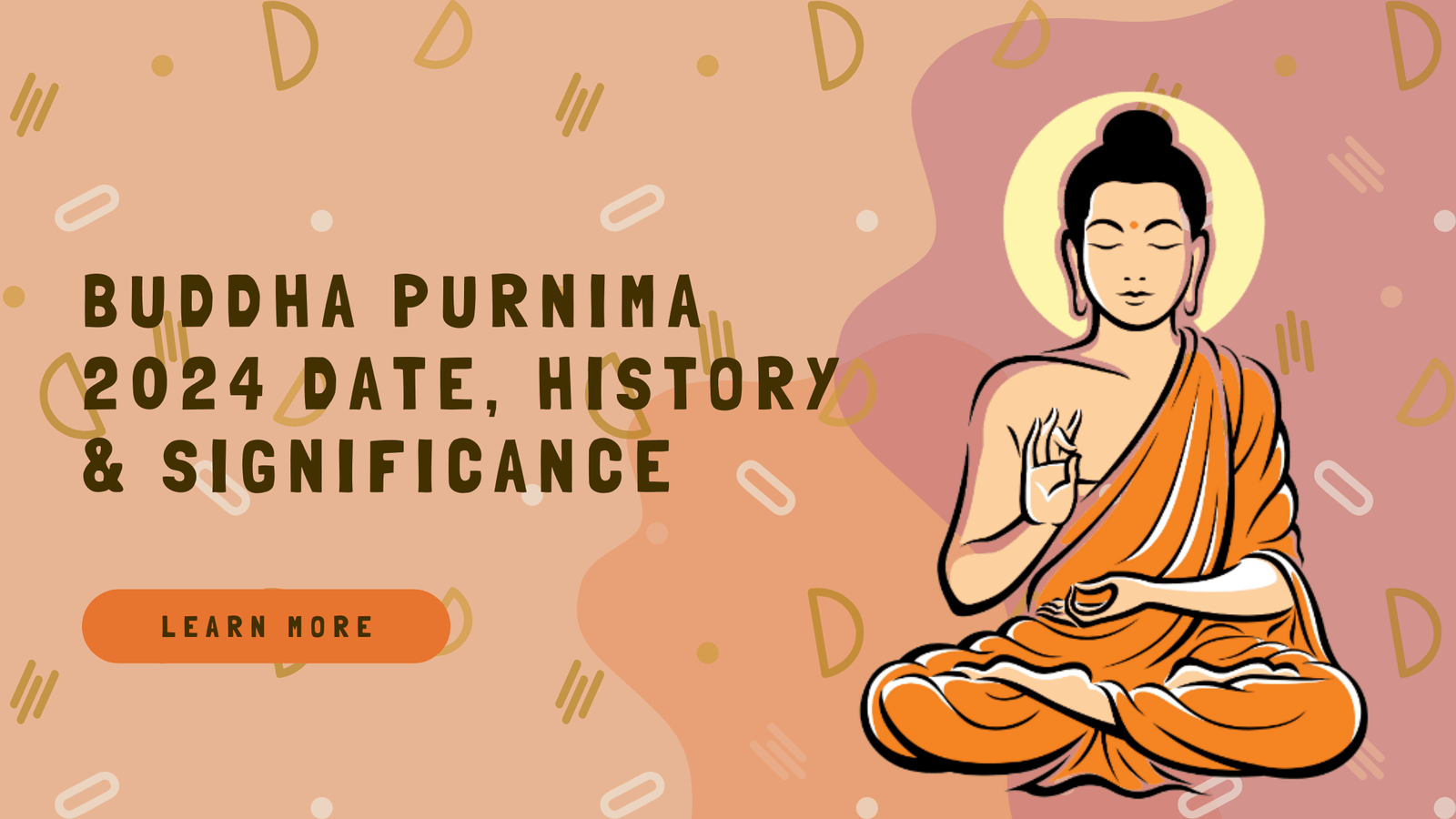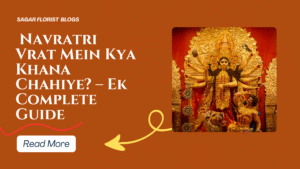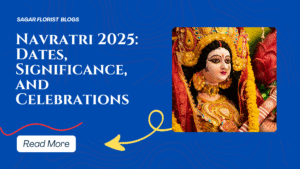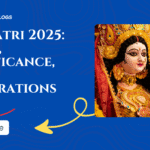Introduction
Buddha Purnima, also known as Vesak or Buddha Jayanti, is a sacred festival celebrated by Buddhists around the world to commemorate the birth, enlightenment, and passing of Gautama Buddha. In 2024, this auspicious occasion falls on Thursday, May 23. It is a day of reflection, devotion, and seeking inner peace, aligning with the teachings of Buddha that continue to inspire millions.
Significance of Buddha Purnima
Buddha Purnima holds immense significance as it marks the three most important events in the life of Siddhartha Gautama, who later became known as the Buddha:
- Birth: Born as Prince Siddhartha in Lumbini (present-day Nepal), his birth symbolized the arrival of a great spiritual teacher destined to guide humanity towards enlightenment.
- Enlightenment: After years of ascetic practices and meditation, Siddhartha attained enlightenment under the Bodhi tree in Bodh Gaya, India. This moment of awakening is pivotal as it marks the realization of the path to overcoming suffering.
- Parinirvana: Buddha’s passing into Mahaparinirvana in Kushinagar represents the final liberation from the cycle of birth and rebirth.
Celebrations Around the World
Buddha Purnima is celebrated with various customs and rituals that reflect the rich cultural tapestry of Buddhism. Here are some ways it is observed globally:
- India: In Bodh Gaya, Sarnath, and Kushinagar, devotees gather for prayer meetings, meditation sessions, and sermons on the life and teachings of Buddha. The Mahabodhi Temple in Bodh Gaya becomes a focal point, adorned with lights and decorations.
- Nepal: Lumbini, the birthplace of Buddha, witnesses grand celebrations. Devotees visit the sacred garden, participate in processions, and engage in chanting and meditation.
- Sri Lanka: Vesak is a major festival in Sri Lanka, where people decorate their homes with lanterns and lights. Temples organize alms-giving events, and the streets come alive with vibrant processions and cultural performances.
- Thailand: Known as Visakha Bucha, the day is marked by temple visits, offering food to monks, and listening to sermons. Candlelit processions around temples are a common sight.
- Myanmar, Cambodia, and Laos: Similar to Thailand, these countries observe the day with temple visits, alms-giving, and community prayers. The atmosphere is one of joy and reverence.
Practices and Rituals
On Buddha Purnima, devotees engage in various spiritual and community activities to honor Buddha’s teachings:
- Meditation and Prayer: Meditative practices and prayers are central, allowing individuals to connect with their inner selves and seek guidance from Buddha’s teachings.
- Offering Alms: Acts of charity, such as offering food, robes, and other essentials to monks, symbolize generosity and compassion.
- Buddhist Scriptures: Reading and reflecting on Buddhist scriptures, particularly the Dhammapada, helps in understanding and internalizing Buddha’s wisdom.
- Peace and Non-violence: Reaffirming commitments to peace, non-violence, and compassion is a common practice, emphasizing the core principles of Buddhism.






